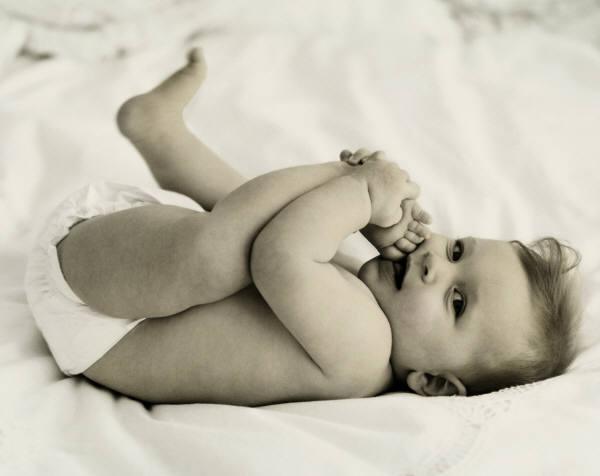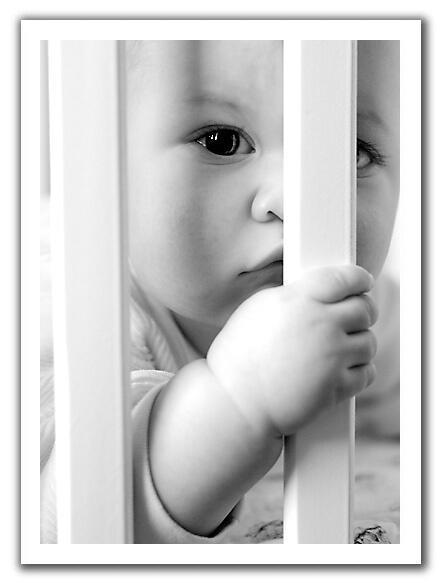When I was asked to
provide training to my Myanmar colleagues in early July, I agreed without hesitation, as that
would give me the opportunity to visit Yangon, which I would never have visited
on my own. I had been so busy during
that period that I forgot to check on visa requirement, until I was alerted by
my Singaporean colleague just days before I was scheduled to fly. Henceforth, it was a mad scramble trying to
get the Myanmar office to issue me an official invitation letter, the local HR
letter and getting the photo and visa forms ready for submission. Malaysians travelling to Myanmar for business
is entitled to apply for visa-on-arrival but I didn’t want to take the chance.
In this post, I will
write on some general observations on Yangon and the Burmese people and
culture. First trivia fact – do you know
that Yangon is no longer the capital of Myanmar? I didn’t until I did some research in
preparation for this trip. Since
November 2005, the capital of Myanmar was shifted Naypyidaw but with a population
of over 5 million people, Yangon remains the largest city and main economic hub
of Myanmar.
First thing I did
upon arrival was to change some local currency, the kyat, as none was available
at the money changers in Mid Valley or KLIA.
Credit cards are rarely accepted but USD can be used at hotels and
upmarket restaurants. When bringing or
exchanging USD, be sure to take only clean, crisp notes; best if they are new
notes. Cashiers really scrutinize the
USD notes and will reject those with even the slightest pen stroke and crease
marks. This doesn’t apply to kyat notes
though.
I also had to rent a
local SIM card, as Malaysian SIM cards do not work there. In addition to the SIM card, I also had to buy
prepaid credit cards – different cards for local and international calls. I bought the credit for international call,
yet it was so difficult to call to mobile numbers back home – either the line
can’t get through, or the line dropped half-way.
Burmese is made up
of predominantly Bamar people, with a relatively large Indian minority. There’s also a small Chinese minority and ethnic
groups such as the Shan and Karen. The
trademarks of the Burmese people has got to be their men wearing a sarong-like
garment, called the longyi, and their betel nut chewing habit, resulting in
friendly smiles reddened by bloody red juice.
Women put thanaka, a sun protection cream made from extracts of a tree
branch. Monks can be seen anytime of the
day wandering the streets in their burgundy robes.
Men in longyi and women with thanaka on their faces
Chewing betelnut is so common that there are stalls like these selling pre-packed, ready-to-chew betelnut leaves
From Wikitravel:
“…Yangon is the city where Toyota cars come to live out the rest of their days.
Plenty of old white Toyota Corolla taxis
ply the streets…Be warned that almost all taxis are in an appaling condition,
they're old, dirty and run down. Don't
expect aircon or seat belts that work.”
And this is so true – however, occasionally I could spot some new
Honda/Toyota cars on the street. With the
opening up of the country and the expected boom in economy, I’m sure more new
cars will be on the roads in the near future.
I went on a field
visit with the Myanmar team and had the opportunity to visit the local
shops. Shopping in Yangon is pretty much
limited to the traditional small grocery shops and few small supermarkets. The only hypermarket in Yangon is the Capital
Hypermarket, established in 1998.
There’s a newer, more upmarket supermarket with lots of imported goods,
called Marketplace by City Mart. Spotted
quite a number of expats shopping there during my visit. The latest mall to hit Yangon shores is Junction
Square, opened only in March. This is
probably the coolest mall in Yangon right now, and it’s only here that I
spotted many familiar brands like Bata, Iora, SKII, Ipanema, Giordano, Bonia
and Face Shop, among others.
Photo from here
The latest mall in Yangon, Junction Square
Housing in the city
And of course, the most famous produce from Myanmar is its gemstones. Myanmar is well known for its rich mineral deposits that produce some of the world's finest rubies, blue sapphires, imperial jade and many other semi-precious items like peridot, amethyst, garnet, spinel, tourmaline, pearls, etc. I bought these earrings for myself and mum - the ruby and sapphire ones for me and the jade ones for mum.















3 comments:
Nice country...
very envious with all your travelling....
Who help out during your absence?
ZMM - one of the perks of my otherwise hectic job. I also envy your job, for allowing you to work from home. Guess there's always pros and cons to everything eh?
Life goes on when I'm not around. Hubby will pick up the little one from babysitter and the elder one from my mum's house in the evening and kautim them himself.
Post a Comment